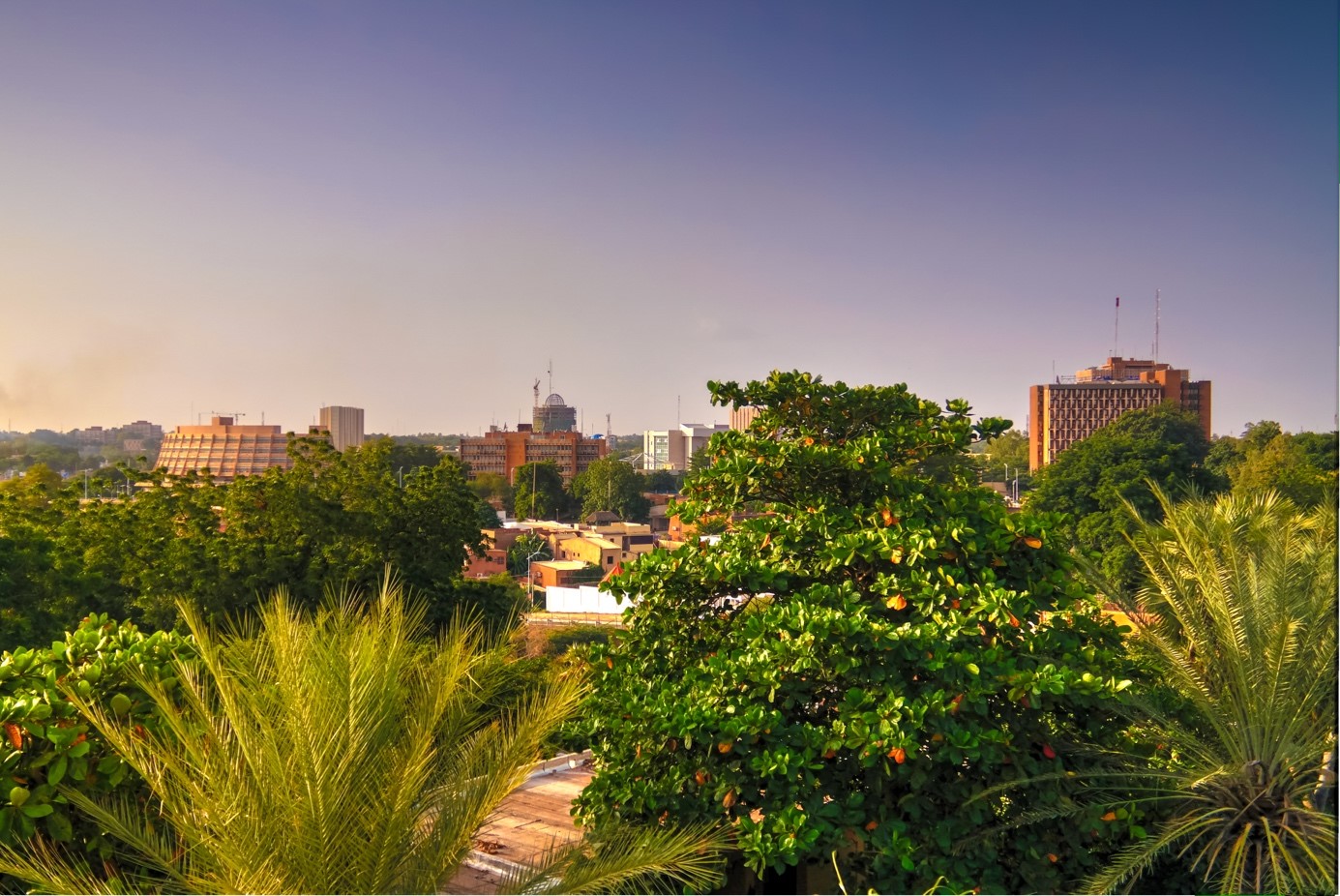Introduction
This section presents the profile of the city of Niamey. This profile attempts to extract the most important information about Niamey and the ASToN project, based on information gathered through a questionnaire and a 2-day city tour. During the city tours, the ASToN team led workshops with the main stakeholders to understand their ambitions and concerns for this project. We also conducted interviews with people in the local authorities and the private sector.

About the city
 Niamey is the capital of Niger, with a city centre composed of 2 large areas which are on the left bank of the Niger river. The river and the koris (temporary watercourse) have an important role in the configuration of the site of the capital and in the mobility of people. The population of Niamey has increased in recent years due to a high and sustained birth rate and migration to the city, for employment but also due to drought in the region.
Niamey is the capital of Niger, with a city centre composed of 2 large areas which are on the left bank of the Niger river. The river and the koris (temporary watercourse) have an important role in the configuration of the site of the capital and in the mobility of people. The population of Niamey has increased in recent years due to a high and sustained birth rate and migration to the city, for employment but also due to drought in the region.
Niamey is made up of the municipal districts of Niamey I, I, II, III, IV and V.
Within this framework, there are 44 villages and 99 districts.
About the ASToN member
The city of Niamey has been governed as a first level autonomous administrative block – The Urban Community of Niamey (CUN, Communauté Urbaine de Niamey) since 2010. The ASToN member is the Urban Community of Niamey. In July 2011, the first mayor of the new system was installed by the governor of the CUN and the city council. Each Niamey commune also elects its own council. There are 3 General Directorates and 17 central Directorates.


